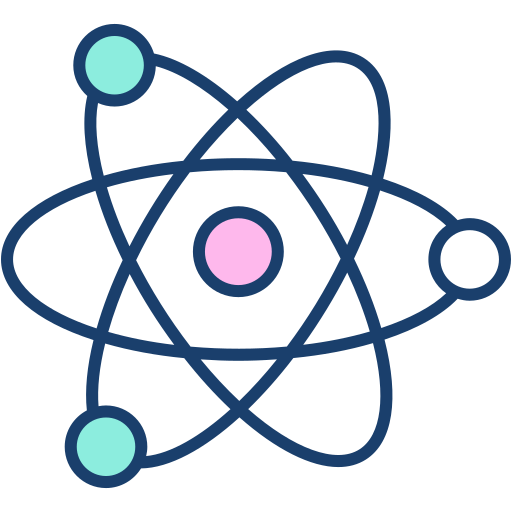Which of the following is an example of a physical change?
Burning wood
Rusting iron
Melting ice
Baking a cake

Have you ever watched water boil as heat reaches the boiling point? Some people believe that boiling water is a chemical change due to heat application in the water. But this is a common misconception, as boiling water is an example of a physical change.
Physical change is often a reversible physical alteration of a substance or object. This will manifest in the changing size, form, color, and shape. There are also uncommon changes that intersect with chemical changes these are odor, solubility, fluidity, boiling, and freezing point.
Water boiling is a physical change of matter as it shifts the liquid state of matter to that of the gaseous state. Another basic physical change example is the bend of steel sheets, as this action doesn’t change the chemical composition as stress is applied to the sheet to change its form. Just note that a change in the physical property of matter doesn’t necessarily denote a physical change; as chemical changes can also change the properties of an object.
First, you must carefully appraise what method was used to create a change in the object. It is more likely that a physical method like bending, breaking, hammering, etc. will cause a physical change. This is usually the case as long as nothing new is added to the object as physical force is added to it.
After checking the method applied to the object, you will now need to observe changes in the color of the object. A chemical change often causes a change in the shade of an object, but in some cases like adding new paint to a car, causes a physical change in color.
Any changes in the size of the object may indicate either a physical or a chemical change. Again you will know it is a physical change when it is reversible. An example of physical change would be the stretching of heated metal, at any point in time you can reverse the stretching of the metal by applying heat to and reforming the metal back to its original size.
Physical changes can often lead to a change in the object’s shape, like the shaping of clay. You can adjust the shape and size of a piece of clay, but its chemical composition stays the same. This is an excellent sample of physical change.
A chemical change is the perceived irreversible change of an object often the result of the change of chemical composition. The chemical change definition is something that is juxtaposed with the physical change definition. As physical changes entail reversible shifts or changes perceived on an object.
Yes, all chemical changes are irreversible, as one cannot reverse the change of another object’s chemical composition. An example of a chemical change is that of the baking of bread, several ingredients are mixed to create the dough of the bread. You cannot unmix the bread to obtain the ingredients you used in making said bread.
Water vapor is the product of water evaporating into the atmosphere. You can easily reverse the shift of water vapor by adding a piece of cloth over the vessel. This cloth will catch the vapor and condensate these vapors into their liquid state.
It is important to know what changes are physical or chemical, because of how they can affect our lives. Any wrong treatment of a chemical change may cause irreversible damage to one’s life and livelihood.
Text prompt
Add Tone
10 Examples of Public speaking
20 Examples of Gas lighting
Which of the following is an example of a physical change?
Burning wood
Rusting iron
Melting ice
Baking a cake
Which process is a physical change?
Digestion of food
Photosynthesis
Freezing water
Combustion
Which of the following is NOT a characteristic of a physical change?
Change in shape
Change in state
Formation of a new substance
Change in size
Tearing a piece of paper is an example of what type of change?
Chemical change
Physical change
Nuclear change
Biological change
Which of the following is a physical change involving sugar?
Burning sugar
Dissolving sugar in water
Fermenting sugar
Caramelizing sugar
What type of change occurs when a metal is bent into a new shape?
Physical change
Chemical change
Thermal change
Electrical change
Which of the following is an example of a reversible physical change?
Burning wood
Cooking an egg
Freezing water
Rusting iron
Which of these changes is NOT a physical change?
Boiling water
Crushing a can
Mixing sand and salt
Burning coal
When water evaporates, it undergoes a:
Chemical change
Physical change
Biological change
Nuclear change
Which of the following best describes a physical change?
Temporary and reversible change
Permanent change
Change that forms new substances
Change in chemical properties
Before you leave, take our quick quiz to enhance your learning!

